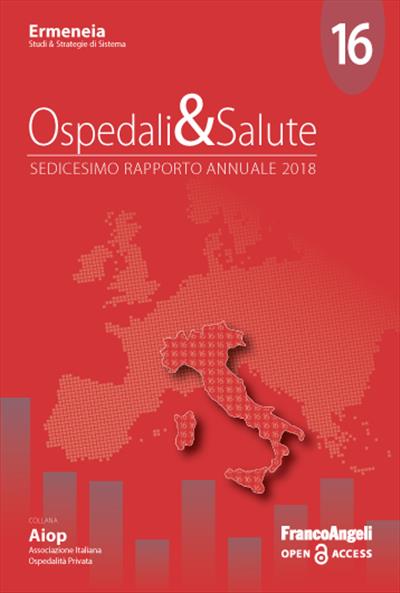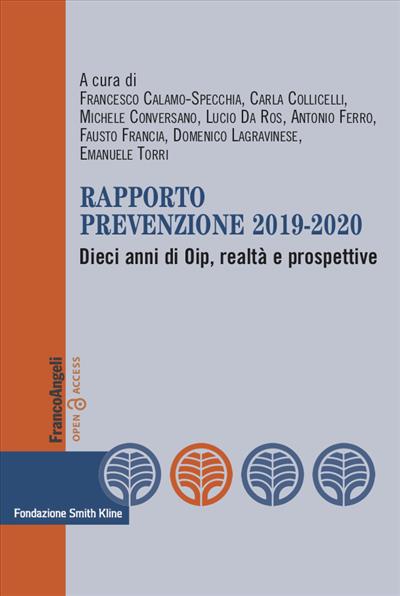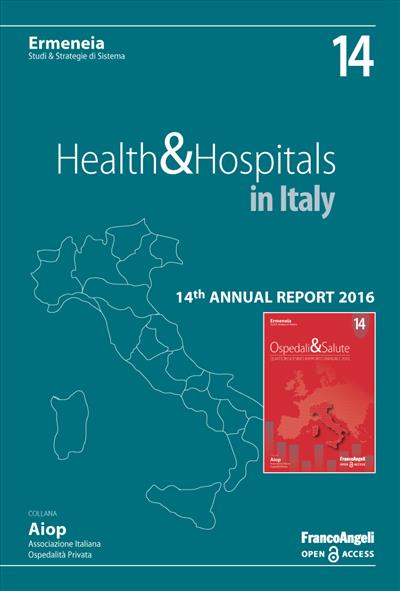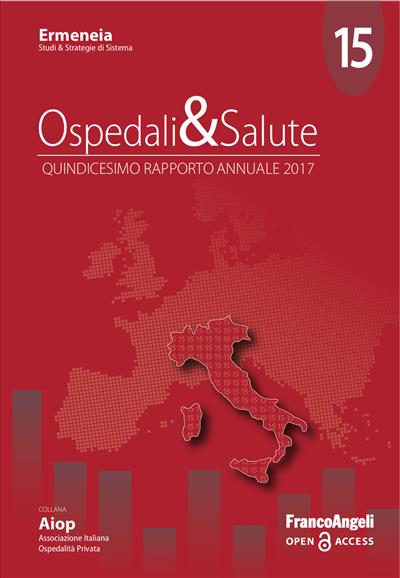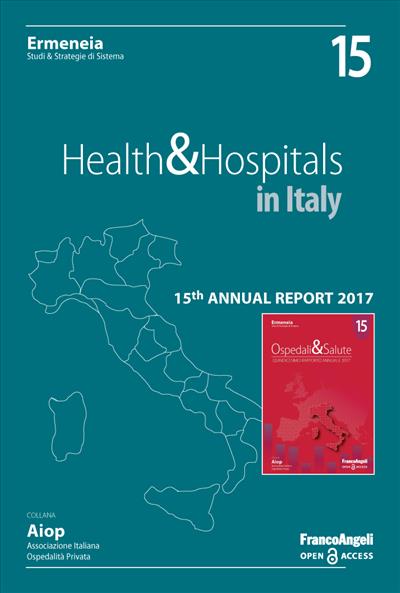
Health & Hospitals in Italy.
15th Annual Report 2017
The performance of the Italian hospital system, which is quite a substantial organization: 1,100 healthcare institutes, 200,000 patient beds, 8.9 million hospitalizations, more than 630,000 workers and a total expenditure of EUR 62.3 billion, equivalent to 55.3% of total public health spending. Thus it is an extremely complex "machine", on the one hand, and an equally complex world of users receiving the various services, on the other.
Open Access
0.00
Open Access
0.00
Pages: 240
ISBN: 9788891774620
Edizione:1a edizione 2018
Publisher code: 10035.5
